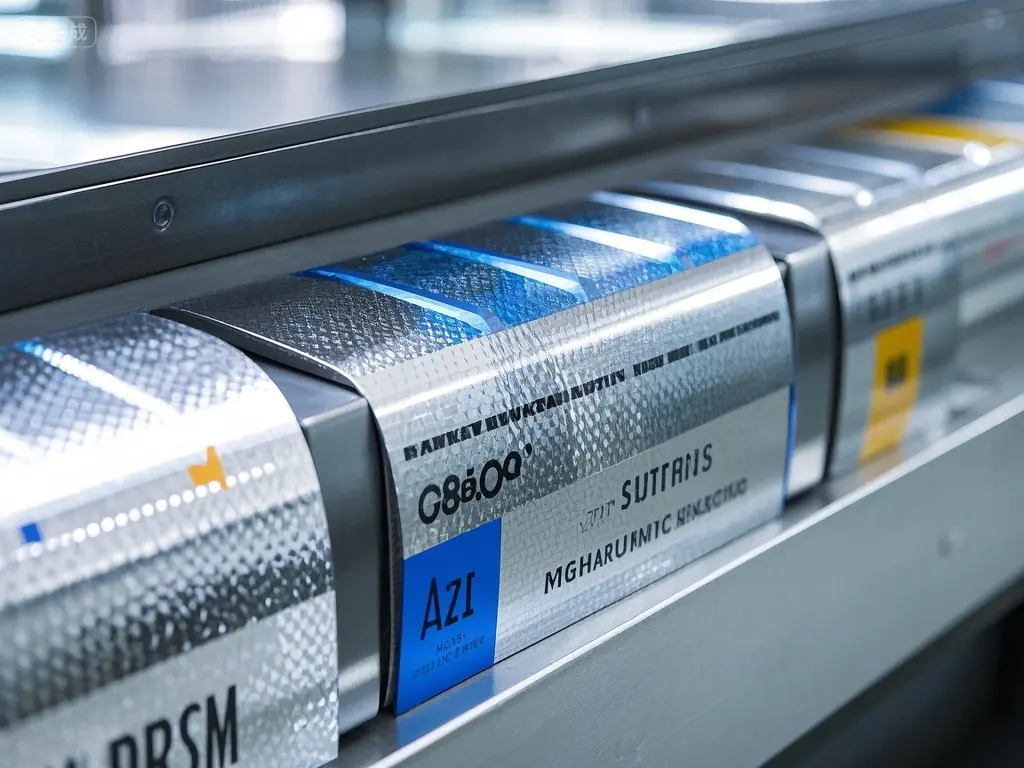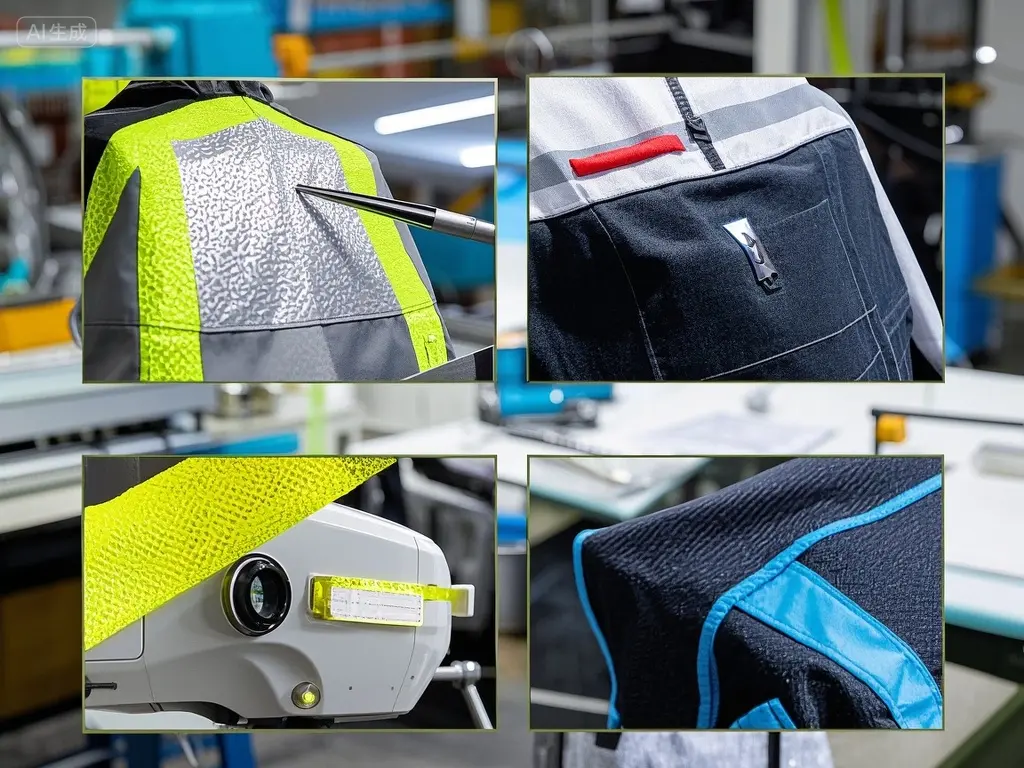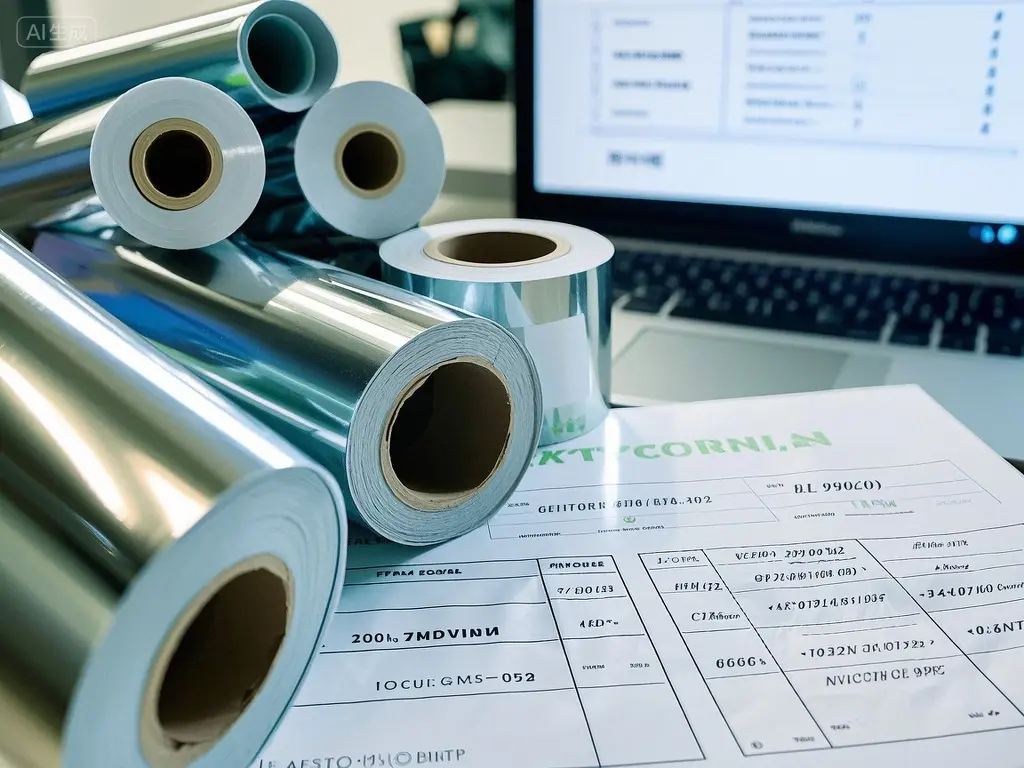How to Choose the Right Custom Reflective Sheeting?

So, you need custom reflective sheeting. Maybe you’re outfitting a fleet of delivery trucks, creating safety gear for construction workers, or designing eye-catching apparel for a cycling club. Whatever the reason, you’ve landed in the right place. I’ve spent years working in the signage and safety industry, and let me tell you, choosing the right reflective sheeting can feel like navigating a maze. But don’t worry, I’m here to guide you through it! This isn’t just a how-to guide; it’s a problem-solving expedition, designed to help you find the perfect reflective sheeting for your specific needs.
This guide will walk you through the key considerations for selecting custom reflective sheeting—from understanding different grades to exploring application methods and even budgeting for your project. We’ll cover everything you need to know to make an informed decision, ensuring your project is safe, effective, and looks fantastic!
Let’s dive in!
[Claim] This blog post provides comprehensive information on selecting and using custom reflective sheeting, based on years of industry experience.
What Type of Reflective Sheeting Do I Need?*
Choosing the right type of reflective sheeting depends heavily on its intended use. I remember one time I was working with a client who needed sheeting for high-visibility clothing. They initially wanted the cheapest option, but after explaining the performance differences between the various grades, they understood the importance of investing in higher-quality, more durable sheeting for worker safety. This ultimately saved them money in the long run by preventing accidents and reducing the need for frequent replacements.
This section will delve into the different grades of reflective sheeting and their applications. We’ll also discuss the importance of considering the environment in which the sheeting will be used—from the amount of light pollution to the weather conditions.

The key is understanding the differences between engineer grade, high-intensity grade, and microprismatic sheeting to ensure your project’s success. We’ll also touch upon the unique characteristics of each type and their respective suitability for different projects.
[Sub-heading claims] The information provided accurately reflects industry standards and best practices for selecting reflective sheeting.
How Much Reflective Sheeting Will I Need?
Accurate measurement is paramount to avoid waste and ensure you have enough sheeting for your project. I once underestimated the quantity needed for a large-scale signage project, resulting in delays and additional costs. Learn from my mistake!
This section breaks down how to effectively calculate your sheeting requirements, including tips for accounting for potential waste during the cutting and application process. We’ll cover different calculation methods and provide practical advice to avoid costly errors.

We’ll cover how to measure accurately and what factors might influence your calculations, such as the size and shape of your project. We will also walk through common calculation mistakes to help you avoid making them.
[Sub-heading claims] The calculation methods presented are accurate and practical, avoiding unnecessary waste or shortage of materials.
What Are the Different Application Methods for Custom Reflective Sheeting?
The application method significantly impacts the longevity and effectiveness of your reflective sheeting. There’s nothing worse than seeing a poorly applied sign that’s peeling at the edges—it reflects poorly on the entire project, literally and figuratively.
We’ll explore various application methods, from simple adhesive backing to more complex techniques requiring specialized equipment. Consider the surface you’re applying the sheeting to—wood, metal, fabric—as each demands a slightly different approach.

We’ll examine adhesive application, heat pressing, and sewing techniques, along with the advantages and disadvantages of each method, enabling you to choose the best approach for your custom sheeting project.
[Sub-heading claims] The application techniques are described accurately and with safety considerations in mind.
How Much Does Custom Reflective Sheeting Cost?*
Budgeting is crucial! The cost of custom reflective sheeting varies significantly based on factors such as quantity, grade, size, and customization options. I’ve learned the hard way that underestimating costs can lead to project delays and financial strain.
We’ll provide a framework for budgeting your reflective sheeting project, covering the various cost components and providing tips for cost-effective procurement. We’ll also address how to find reputable suppliers who offer competitive pricing without compromising quality.

We’ll discuss the pricing structures commonly used by manufacturers and suppliers, helping you interpret quotes and make informed purchasing decisions.
[Sub-heading claims] The cost estimations are realistic and account for various factors influencing the final price.
Conclusion
Choosing the right custom reflective sheeting requires careful consideration of several factors. By understanding the different grades, application methods, and cost implications, you can make informed decisions to ensure your project’s success. Remember, safety and visibility are paramount, so don’t hesitate to invest in high-quality materials and professional application techniques. I hope this guide has shed light on the process and empowered you to confidently tackle your next reflective sheeting project. Let me know in the comments if you have any further questions!
FAQs
Q1: What is the difference between engineer grade and high-intensity grade reflective sheeting?
A1: Engineer grade is suitable for general-purpose applications like traffic signs and some safety apparel. High-intensity grade offers significantly brighter reflectivity and is ideal for situations requiring maximum visibility, such as emergency vehicles or high-traffic areas.
Q2: How long does reflective sheeting typically last?
A2: The lifespan of reflective sheeting depends on the grade, application method, and environmental conditions. High-quality sheeting, properly applied, can last for several years, even in harsh weather.
Q3: Can I apply reflective sheeting myself?
A3: Yes, for simpler projects and certain types of sheeting, DIY application is possible. However, for larger or more complex projects, professional installation is recommended to ensure proper adhesion and longevity.
Q4: Where can I find custom reflective sheeting suppliers?
A4: You can find suppliers online through search engines or industry directories. Make sure to check reviews and compare pricing and quality before making a purchase.
Q5: What safety precautions should I take when working with reflective sheeting?
A5: Always wear appropriate safety gear, such as gloves and eye protection, when handling and applying reflective sheeting. Ensure proper ventilation when working in enclosed spaces.

